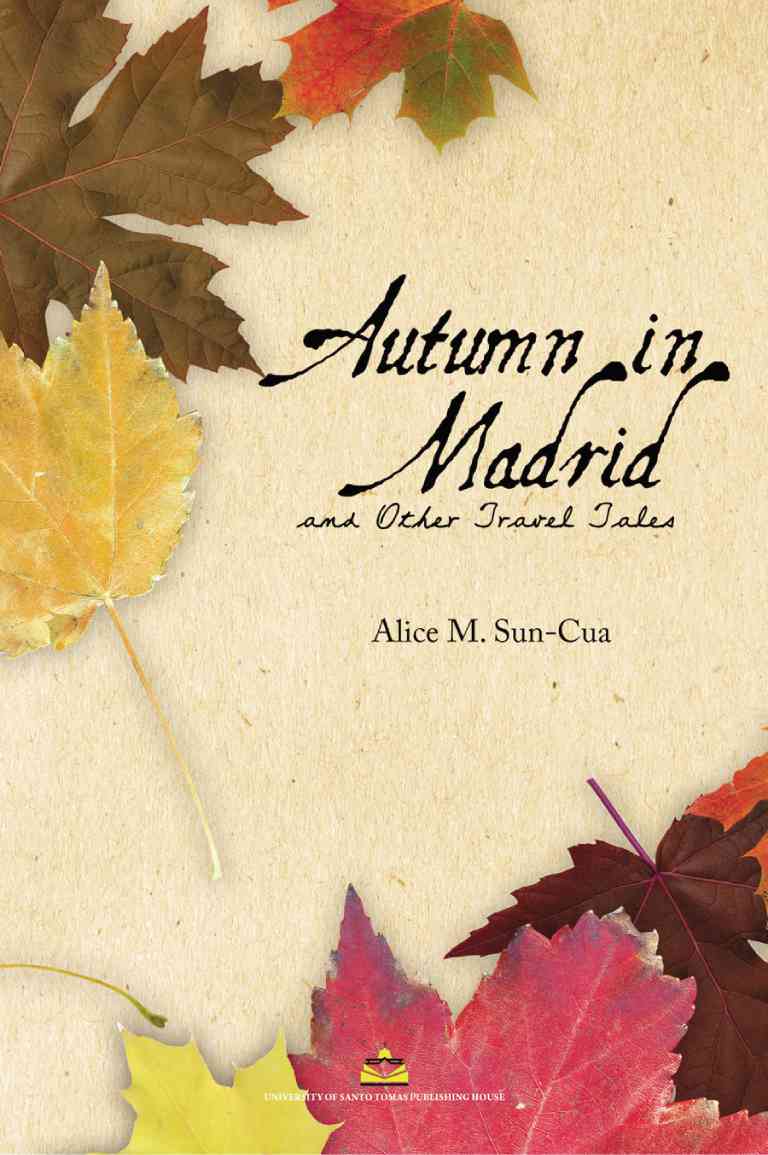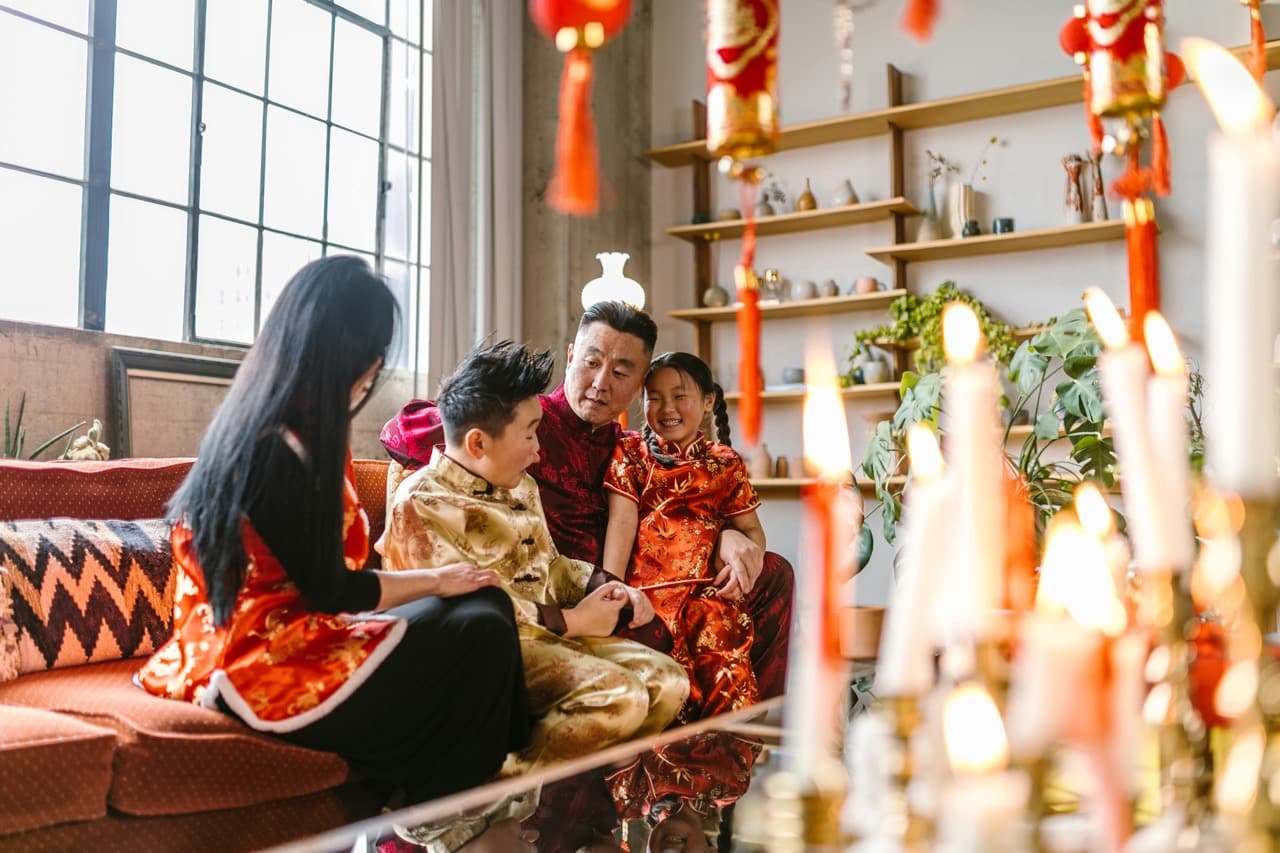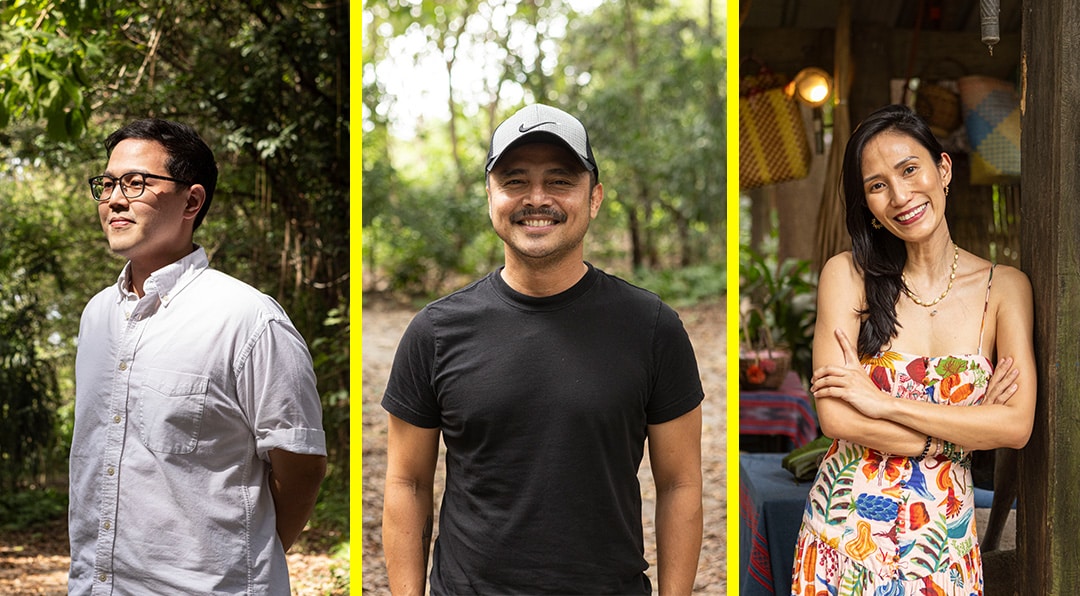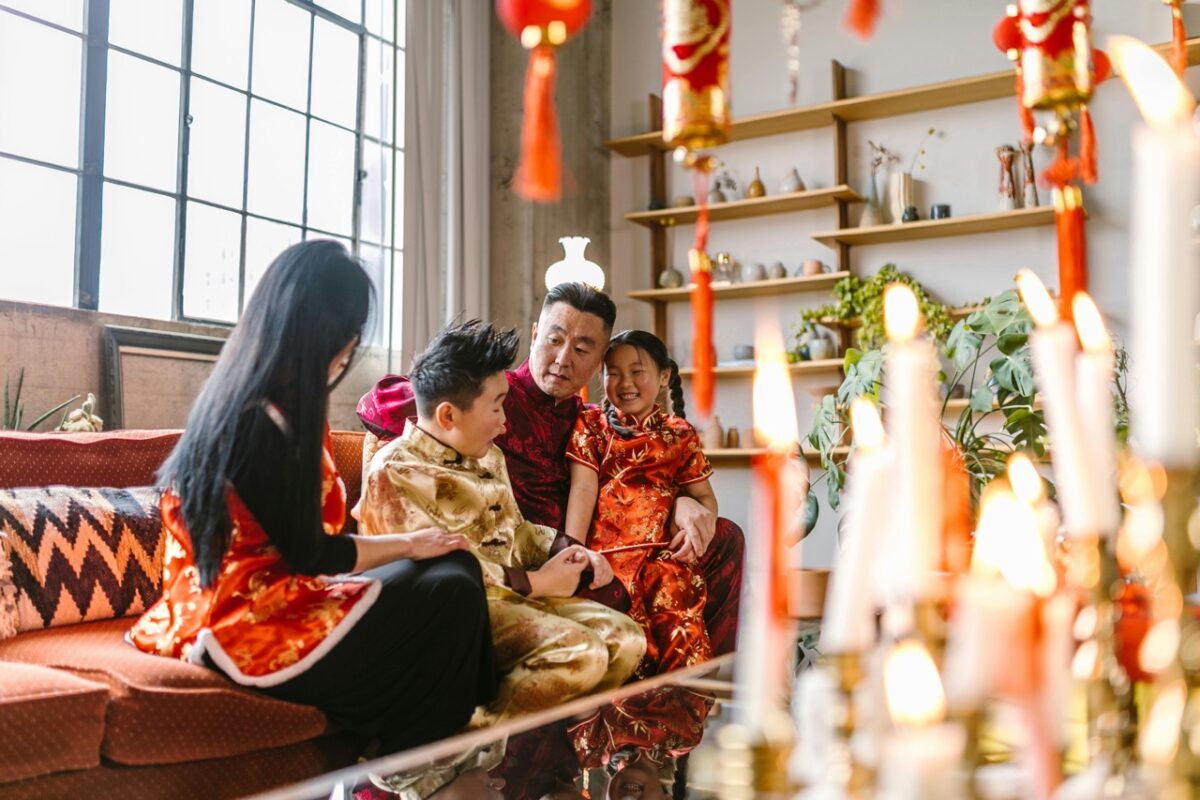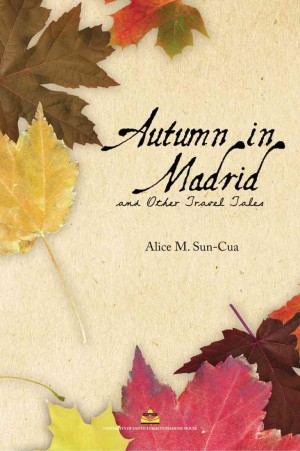
“We travel, initially, to lose ourselves; and we travel, next, to find ourselves. We travel to open our hearts and eyes and learn more about the world than our newspapers will accommodate. We travel to bring what little we can, in our ignorance and knowledge, to those parts of the globe whose riches are differently dispersed. And we travel, in essence, to become young fools again—to slow time down and get taken in, and fall in love once more.”
Travel essays are not just essays where the writer tells the reader, “I had been there.” The travel essayist tells the reader, “I will take you there,” and narrates their observations and experiences (new and old) of a place, transporting their audience through words.
Alice M. Sun-Cua’s “Autumn in Madrid and Other Travel Tales” (2013, UST Publishing House; tel. 7313522) is one such collection. The book tells of Sun-Cua’s travels through the provinces of Spain where she encounters the various aspects of Iberian culture. But these are more than just journeys. As poet Marjorie Evasco says in her introduction to the book: “… her essays go the extra mile, bringing to us the specific and particular through her stories composed of memorable places and people.”
There is no pretense here of looking for what is Filipino in Spain. It is simply the travels of a Filipino woman and her companions to the land that was once Madre España to the historical Filipino. The essays are simple yet enriching tales of discoveries, interludes and journeys. Vivid descriptions are the assets of Sun-Cua’s writing and this is where her travel narratives stand out. One could almost see in her writings on places the very view she wants to show readers:
“Entering Parc Güell, we gasped at the long covered walkway lined with twisting pillars resembling swaying palm trees covered with small stone mosaics; the roofs looked as if stone icicles were dripping from their eaves. The path swerved here and there, and there was a long park bench, covered with colored ceramic and stone mosaic tiles…” (“The Fantastical Magical World of Gaudi”)
Writing about food (found in many of the essays, considering that nourishment is necessary for long travels) is also another thing that makes the book an entertaining read. The descriptions of the uniqueness of Spanish cuisine stand out in all its delicious flavors. An example is in the essay on the province of Castilla y Leon:
“True enough, their cochinillo asado (lechon de leche for us from the Philippines!) was superb—just the right crispy skin, with meltingly tender and smoky lean meat! It was perfect with the lightly tossed salad with vinaigrette and crusty Spanish bread. All these were washed down with a robust red wine.”
Or read her first taste of the popular Spanish cold soup, gazpacho:
“We looked at it suspiciously at first because ‘delicious cold soup’ sounded like an oxymoron.” They learn it is made of tomatoes, zucchini, red and green peppers, onions, celery, day-old bread, and olive oil, then flavored with garlic and vinegar. ” With a small portion in my tongue, I immediately registered it as sweetish-tart, then cool, and really cold. Next came the strong tastes of garlic and celery. Taking in a bit more meant a delightful interplay of flavors on the tongue that stirred the senses awake.”
Relationships new and old
And being a cultural, literary and, obviously, a religious person herself, Sun-Cua doesn’t let pass visits to the places where literature and religious personalities lived: Rizal and the propagandists (Madrid); Gaudi (Barcelona); Cervantes (Alcala de Henares and Toledo); and St. Theresa of Avila (Avila), in which she ends her essay on her Avila visit with the words of the saint—solo Dios basta (God alone suffices).
The essays also talk about relationships, friendships and encounters. Alice travels with her husband Alex and makes no qualms about the joy of traveling with a loved one. Sun-Cua also talks about the friends she has known through the years or acquaintances and the adventures they encountered. One can smile at the coincidence of commonness husband and wife meet when seeing a Japanese couple on a bridge in Cuenca. (“A Cardiac Beginning”) or the reacquainting with an old friend after almost two decades. (“Autumn in Madrid”).
We finish this review with another line from Iyer’s essay which we think fits the spirit of this work:
“Yet for me the first great joy of traveling is simply the luxury of leaving all my beliefs and certainties at home, and seeing everything I thought I knew in a different light, and from a crooked angle.”

